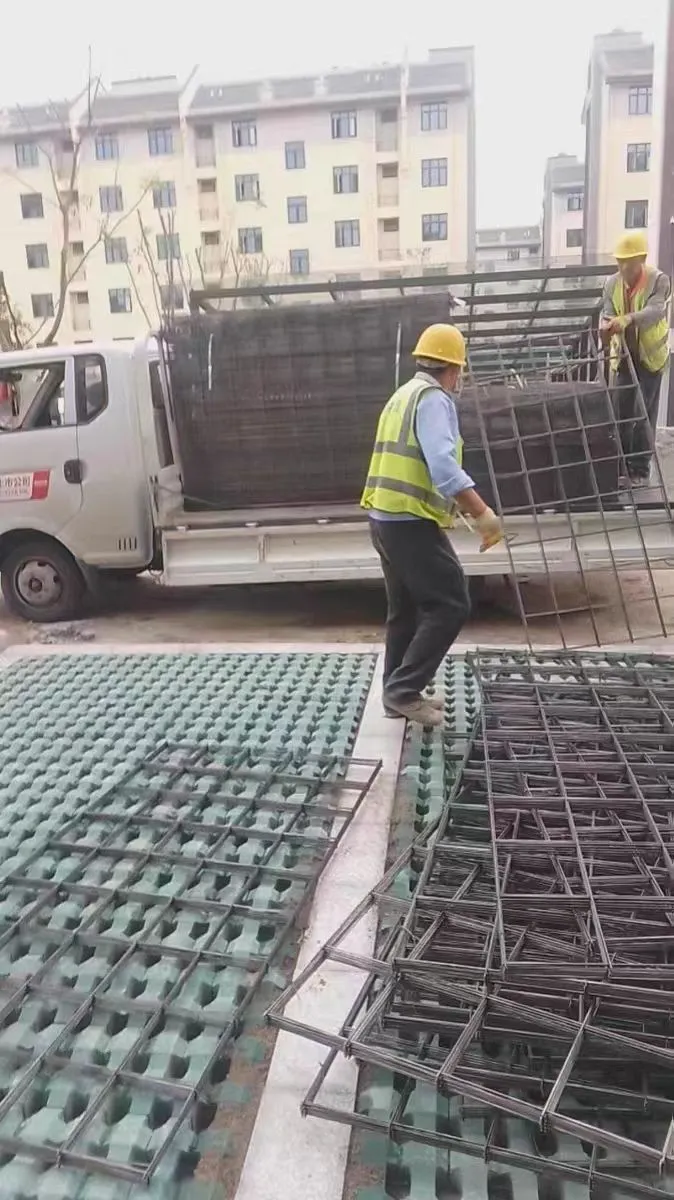-
 Afrikaans
Afrikaans -
 Albanian
Albanian -
 Amharic
Amharic -
 Arabic
Arabic -
 Armenian
Armenian -
 Azerbaijani
Azerbaijani -
 Basque
Basque -
 Belarusian
Belarusian -
 Bengali
Bengali -
 Bosnian
Bosnian -
 Bulgarian
Bulgarian -
 Catalan
Catalan -
 Cebuano
Cebuano -
 China
China -
 Corsican
Corsican -
 Croatian
Croatian -
 Czech
Czech -
 Danish
Danish -
 Dutch
Dutch -
 English
English -
 Esperanto
Esperanto -
 Estonian
Estonian -
 Finnish
Finnish -
 French
French -
 Frisian
Frisian -
 Galician
Galician -
 Georgian
Georgian -
 German
German -
 Greek
Greek -
 Gujarati
Gujarati -
 Haitian Creole
Haitian Creole -
 hausa
hausa -
 hawaiian
hawaiian -
 Hebrew
Hebrew -
 Hindi
Hindi -
 Miao
Miao -
 Hungarian
Hungarian -
 Icelandic
Icelandic -
 igbo
igbo -
 Indonesian
Indonesian -
 irish
irish -
 Italian
Italian -
 Japanese
Japanese -
 Javanese
Javanese -
 Kannada
Kannada -
 kazakh
kazakh -
 Khmer
Khmer -
 Rwandese
Rwandese -
 Korean
Korean -
 Kurdish
Kurdish -
 Kyrgyz
Kyrgyz -
 Lao
Lao -
 Latin
Latin -
 Latvian
Latvian -
 Lithuanian
Lithuanian -
 Luxembourgish
Luxembourgish -
 Macedonian
Macedonian -
 Malgashi
Malgashi -
 Malay
Malay -
 Malayalam
Malayalam -
 Maltese
Maltese -
 Maori
Maori -
 Marathi
Marathi -
 Mongolian
Mongolian -
 Myanmar
Myanmar -
 Nepali
Nepali -
 Norwegian
Norwegian -
 Norwegian
Norwegian -
 Occitan
Occitan -
 Pashto
Pashto -
 Persian
Persian -
 Polish
Polish -
 Portuguese
Portuguese -
 Punjabi
Punjabi -
 Romanian
Romanian -
 Russian
Russian -
 Samoan
Samoan -
 Scottish Gaelic
Scottish Gaelic -
 Serbian
Serbian -
 Sesotho
Sesotho -
 Shona
Shona -
 Sindhi
Sindhi -
 Sinhala
Sinhala -
 Slovak
Slovak -
 Slovenian
Slovenian -
 Somali
Somali -
 Spanish
Spanish -
 Sundanese
Sundanese -
 Swahili
Swahili -
 Swedish
Swedish -
 Tagalog
Tagalog -
 Tajik
Tajik -
 Tamil
Tamil -
 Tatar
Tatar -
 Telugu
Telugu -
 Thai
Thai -
 Turkish
Turkish -
 Turkmen
Turkmen -
 Ukrainian
Ukrainian -
 Urdu
Urdu -
 Uighur
Uighur -
 Uzbek
Uzbek -
 Vietnamese
Vietnamese -
 Welsh
Welsh -
 Bantu
Bantu -
 Yiddish
Yiddish -
 Yoruba
Yoruba -
 Zulu
Zulu
Innovative Techniques for Enhancing Structural Integrity with Wire Reinforcement Solutions
Wire Reinforcement Enhancing Durability and Strength in Construction
Wire reinforcement has become an essential component in modern construction, playing a critical role in enhancing the durability and strength of various infrastructural elements. This process involves embedding steel wires into concrete, masonry, or other materials to provide added tensile strength, improve resistance to cracking, and extend the lifespan of structures. As the demand for stronger, more resilient buildings continues to grow, an understanding of wire reinforcement and its applications has become increasingly important for architects, engineers, and builders.
Understanding Wire Reinforcement
The basic principle of wire reinforcement is rooted in the contrasting characteristics of steel and concrete. While concrete is exceptional in bearing compressive loads, it is relatively weak in tension. Steel, on the other hand, possesses high tensile strength. By combining these two materials, wire reinforcement allows structures to withstand various stress forces encountered during their lifetime. Typically, this involves using a network or mesh of steel wires, which is then embedded in concrete forms.
Wire reinforcement comes in various formats, including welded wire fabric (WWF), rebar (reinforcing bars), and various specialty wire products. Each of these formats serves specific purposes, depending on the structural requirements of the project. For example, WWF is commonly utilized in slabs and pavements, while rebar is frequently employed in beams, columns, and foundations.
Applications of Wire Reinforcement
The applications of wire reinforcement are expansive and can be observed across numerous sectors. In residential construction, wire reinforcement is commonly used in foundations, floors, and walls to enhance their structural integrity. In roads and highways, reinforced concrete helps withstand heavy vehicular loads and environmental factors, ensuring safe transportation networks.
Wire reinforcement also plays a crucial role in industrial construction, particularly in creating large-scale structures such as bridges, dams, and high-rise buildings
. In these projects, the integration of wire reinforcement mitigates the risks of cracking and failure, enhancing overall safety and longevity.wire reinforcement

Moreover, wire reinforcement has found applications in precast concrete products. These off-site manufactured components benefit significantly from the added tensile strength provided by embedded wire, allowing for the creation of thinner sections without compromising performance. This not only reduces material usage but also enhances the efficiency of construction processes.
Benefits of Wire Reinforcement
The benefits of wire reinforcement extend beyond mere structural support. One of the most significant advantages is increased resistance to cracking. Concrete structures are often subjected to temperature changes, shrinkage, and settling, all of which can lead to cracking. By incorporating wire reinforcement, these potential issues can be minimized, ensuring a more stable and reliable structure.
Additionally, wire reinforcement improves durability by enhancing the material’s ability to withstand environmental factors, including moisture, freeze-thaw cycles, and chemical exposure. This is particularly important in regions where structures are exposed to harsh weather conditions or corrosive substances, as reinforced elements are less likely to degrade over time.
Furthermore, wire reinforcement can contribute to cost savings in the long run. By reducing the need for repairs and extending the lifespan of structures, initial investments in wire-reinforced elements can yield significant financial benefits over time.
Conclusion
In conclusion, wire reinforcement has become an indispensable technique in modern construction, providing essential strength and durability to a wide range of structures. Its application enhances the performance of concrete and other materials, allowing for safer and more resilient buildings, bridges, and roads. As construction technologies continue to evolve, the importance and versatility of wire reinforcement will undoubtedly remain at the forefront, paving the way for a robust and enduring infrastructure that can meet the challenges of the future.
-
Shipping Plastic Bags for Every NeedNewsJul.24,2025
-
Safety Netting: Your Shield in ConstructionNewsJul.24,2025
-
Plastic Mesh Netting for Everyday UseNewsJul.24,2025
-
Nylon Netting for Every UseNewsJul.24,2025
-
Mesh Breeder Box for Fish TanksNewsJul.24,2025
-
Expanded Steel Mesh Offers Durable VersatilityNewsJul.24,2025











